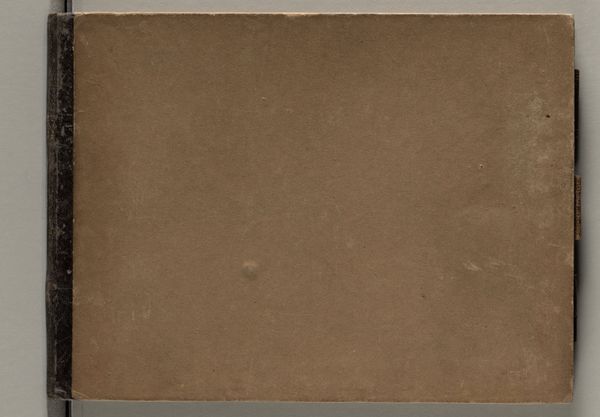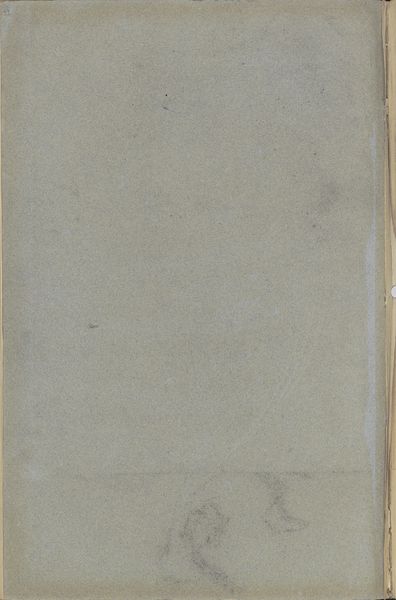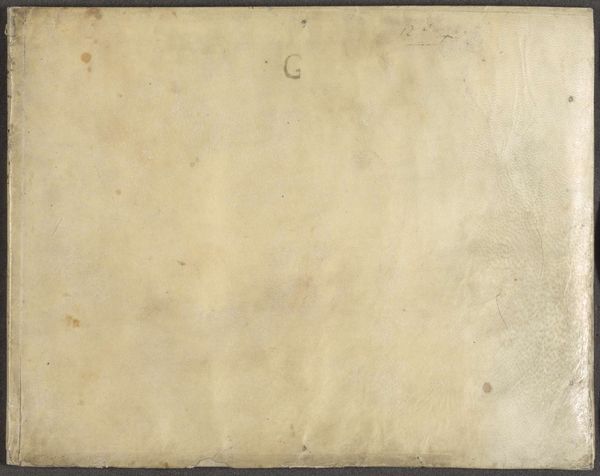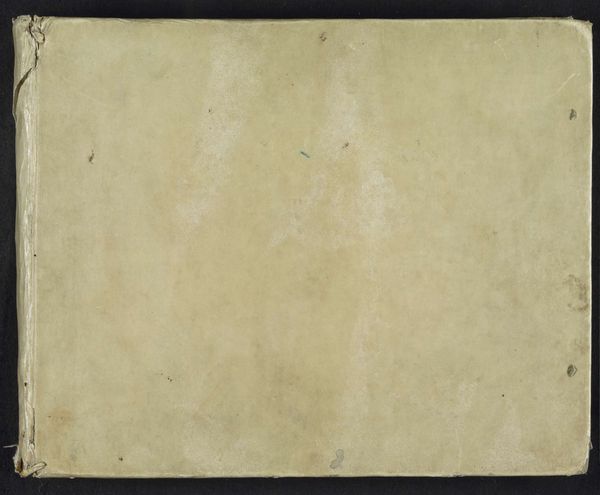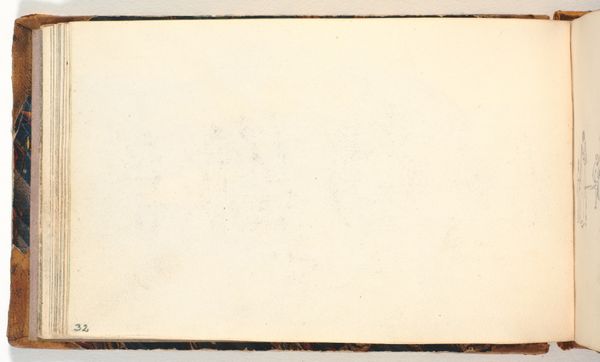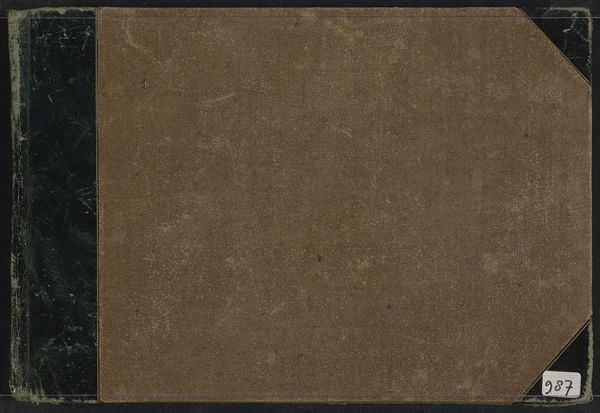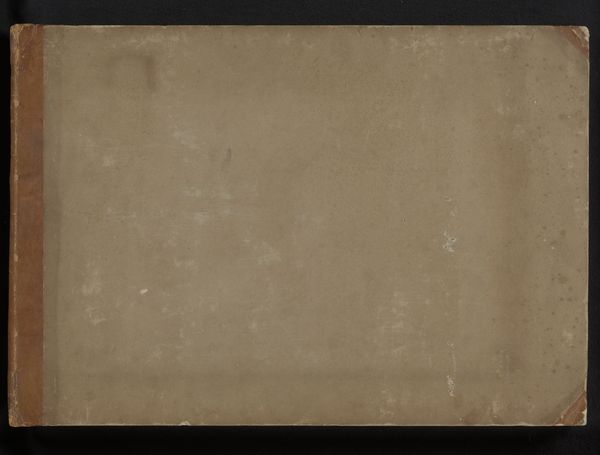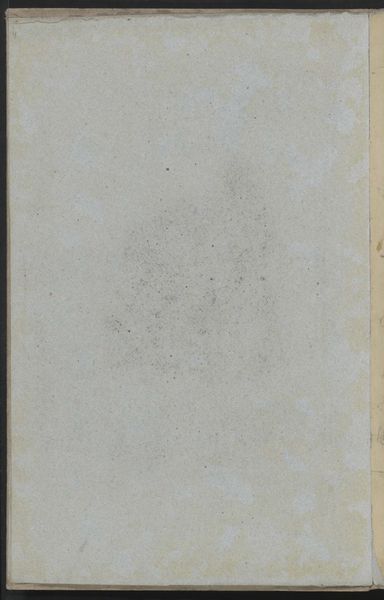
Fotoalbum ter gelegenheid van de ingebruikstelling van de 8" pijpleiding Tempino-Pladjoe door de Nederlandsch-Indische Aardolie Maatschappij in 1935 1935
0:00
0:00
paper
#
paper
#
coloured pencil
Dimensions: height 18.5 cm, width 26.5 cm, thickness 2.5 cm
Copyright: Rijks Museum: Open Domain
Editor: We're looking at "Fotoalbum ter gelegenheid van de ingebruikstelling van de 8" pijpleiding Tempino-Pladjoe door de Nederlandsch-Indische Aardolie Maatschappij in 1935," made in 1935, materials include paper and possibly coloured pencil. At first glance, it's giving me a sense of… aged documents? It seems like it could be connected to environmental concerns. What do you see when you look at it? Curator: It’s vital to see this "Fotoalbum..." as a product and symbol of its time. We need to consider it within the framework of Dutch colonial history and resource extraction in the Dutch East Indies, now Indonesia. This object embodies power dynamics, reflecting a colonial gaze on the landscape and its resources. The pipeline itself becomes a marker of exploitation, a tool for extracting wealth, literally fueling industrial growth in the West while displacing local populations and disrupting ecosystems. Who benefits, and who is exploited? How does this document become an active agent in both representing and reinforcing those power structures? Editor: So the album is more than just a historical document. It's an artifact that participated in colonialism itself. Curator: Precisely! Consider how the album itself might present a curated, celebratory narrative while omitting the lived experiences and resistance of the local populations affected by this pipeline. The act of commemoration becomes complicit in a broader narrative of colonial dominance and resource appropriation. Does knowing this shift how you view the image? Editor: Definitely. It changes how I think about these old industrial documents. It also highlights how art and design can inadvertently contribute to societal issues. Curator: Precisely, and analyzing those intersections is the first step in addressing them.
Comments
No comments
Be the first to comment and join the conversation on the ultimate creative platform.

